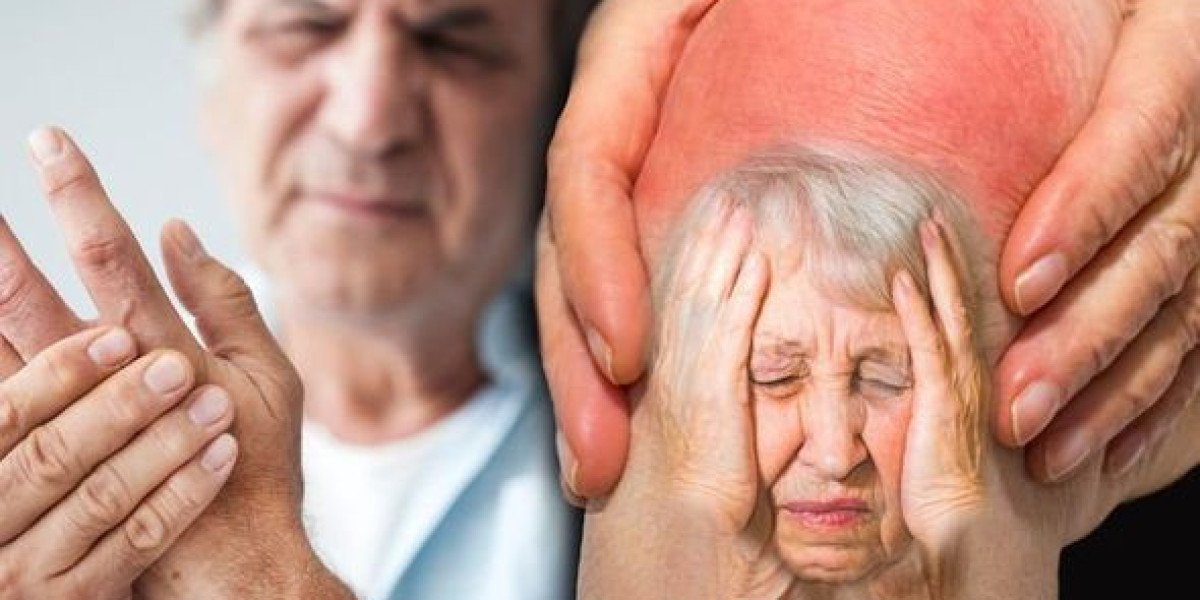Muscle pain is a common issue that many people face in their daily lives. It can be caused by various factors, such as overuse, injury, or underlying health conditions. Managing and reducing muscle pain is essential for maintaining a healthy and active lifestyle. In this article, we will explore practical ways to manage and reduce muscle pain effectively.
Understanding muscle pain
Before diving into the methods of managing and reducing muscle pain, it's important to understand what muscle pain is. Muscle pain, also known as myalgia, can occur in any part of the body where muscles are present. It can be acute, lasting for a short period, or chronic, persisting for a long time. Common causes of muscle pain include:
Overuse: Engaging in physical activities or exercises that your body is not used to can lead to muscle pain.
Injury: Strains, sprains, and other injuries can cause muscle pain.
Stress: Emotional stress can lead to muscle tension and pain.
Medical Conditions: Conditions like fibromyalgia, infections, and autoimmune diseases can cause muscle pain.
Now, let's discuss some practical ways to manage and reduce muscle pain.
Rest and Recovery
One of the most effective ways to manage muscle pain is to give your body enough time to rest and recover. When you experience muscle pain, avoid strenuous activities that can worsen the pain. Here are some tips for proper rest and recovery:
Rest the Affected Area: Avoid using the muscle group that is in pain to prevent further injury.
Sleep Well: Ensure you get enough sleep, as it is crucial for muscle repair and recovery.
Use a Comfortable Mattress and Pillow: Ensure your sleeping environment supports your body properly.
Apply heat or cold.
Applying heat or cold to the affected area can help reduce muscle pain. Both methods have their benefits, and the choice depends on the nature of the pain.
Cold Therapy: Applying ice packs or cold compresses can reduce inflammation and numb the pain. It is most effective within the first 48 hours of experiencing muscle pain.
Heat Therapy: Using heating pads, warm towels, or taking warm baths can help relax and soothe sore muscles. Heat therapy is more beneficial for chronic muscle pain.
Over-the-Counter Pain Relievers
For mild-to-moderate muscle pain, over-the-counter pain relievers can be helpful. Medications such as ibuprofen, aspirin, and acetaminophen can provide relief. However, it is important to use these medications as directed and consult a healthcare professional if you have any underlying health conditions.
Pain O Soma for Muscle Pain Relief
For those looking for effective medication to manage muscle pain, Pain O Soma is a popular option. Pain O Soma is available in two dosages: Pain O Soma 500 mg and Pain O Soma 350 mg. These medications are known for their muscle-relaxant properties and are often prescribed to relieve muscle pain and discomfort.
Pain O Soma 500 for Sale: This dosage is suitable for individuals who require a stronger effect to manage their muscle pain.
Pain O Soma 350 for Sale: This dosage is ideal for those who need a milder effect or are just starting their muscle pain management regimen.
You can purchase these medications from reputable online pharmacies like Primewellrx , which offers a convenient and reliable way to obtain your muscle pain relief medications.
Gentle stretching and exercise
While rest is important, gentle stretching and exercise can also help reduce muscle pain, especially in the long term. Stretching helps improve flexibility and reduce muscle tension. Here are some tips for incorporating stretching and exercise into your routine:
Warm-up: Always warm up before stretching or exercising to prevent further injury.
Gentle Stretches: Focus on gentle stretches that target the affected muscles.
Low-Impact Exercises: Engage in low-impact exercises like walking, swimming, or cycling to keep your muscles active without causing additional pain.
Yoga and Pilates: These activities combine stretching and strengthening exercises that can be beneficial for muscle pain relief.
Massage Therapy
Massage therapy is another effective way to manage and reduce muscle pain. A professional massage therapist can target specific areas of muscle tension and pain. Massage helps improve blood circulation, reduce muscle tension, and promote relaxation. If professional massage therapy is not an option, self-massage techniques using foam rollers or massage balls can also be effective.
Stay Hydrated
Dehydration can lead to muscle cramps and pain. Ensure you drink enough water throughout the day to keep your muscles hydrated and functioning properly. Aim for at least 8 glasses of water a day, and more if you are physically active or in a hot environment.
Maintain a healthy diet.
A balanced diet rich in essential nutrients can support muscle health and reduce pain. Include the following in your diet:
Protein: Essential for muscle repair and recovery. Sources include lean meats, fish, beans, and nuts.
Omega-3 Fatty Acids: Found in fish, flaxseeds, and walnuts, omega-3 fatty acids have anti-inflammatory properties that can help reduce muscle pain.
Antioxidants: Fruits and vegetables high in antioxidants can help reduce inflammation and muscle pain.
Magnesium: This mineral is important for muscle function and can be found in leafy greens, nuts, and whole grains.
Manage Stress
Stress can contribute to muscle tension and pain. Finding ways to manage stress can help reduce muscle pain. Consider incorporating stress-reducing activities into your routine, such as:
Meditation: Practicing mindfulness meditation can help relax your mind and body.
Deep Breathing Exercises: Deep breathing can help reduce stress and muscle tension.
Hobbies and Interests: Engaging in activities you enjoy can help take your mind off stress and promote relaxation.
Use Proper Ergonomics
Poor posture and ergonomics can lead to muscle pain, especially if you spend long hours sitting or standing. Ensure your workspace is set up to support proper posture. Here are some ergonomic tips:
Chair: Use a chair that supports your lower back and allows your feet to rest flat on the floor.
Desk Height: Ensure your desk is at a height where your elbows are at a 90-degree angle when typing.
Monitor Position: Keep your computer monitor at eye level to avoid straining your neck.
Seek Professional Help
If muscle pain persists despite trying these practical methods, it may be time to seek professional help. A healthcare provider can diagnose the underlying cause of your muscle pain and recommend appropriate treatments. This may include physical therapy, prescription medications, or other interventions.
Conclusion
Managing and reducing muscle pain requires a multifaceted approach that includes rest, proper hydration, a balanced diet, and the use of appropriate medications like Pain O Soma. By incorporating these practical tips into your daily routine, you can effectively manage muscle pain and improve your overall quality of life. Remember, if your muscle pain persists, it's important to seek professional help to address any underlying issues.
For those looking for reliable and effective muscle pain relief medications, consider visiting Primewellrx. They offer Pain O Soma 500 for sale and Pain O Soma 350 for sale , providing you with the options you need to manage your muscle pain effectively. Take the necessary steps today to reduce muscle pain and enjoy a healthier, more active lifestyle.








